Would you like to know how often you should use a humidifier for your plants? Well, we have researched this topic and have some answers for you. It is essential to know how often you should use a humidifier for your plants so that you can provide them with the best environment.
You should use a humidifier for your plants daily. You should use a humidifier until the humidity hits about 60%, which can take 3 to 7 hours to achieve.
Now that you know you should use your humidifier for your plants daily, keep reading to learn how to tell if your plant is humid enough, where to place your humidifier, and what humidity levels certain plants need. We will also discuss whether you need a humidifier and other ways to provide humidity for your plants.
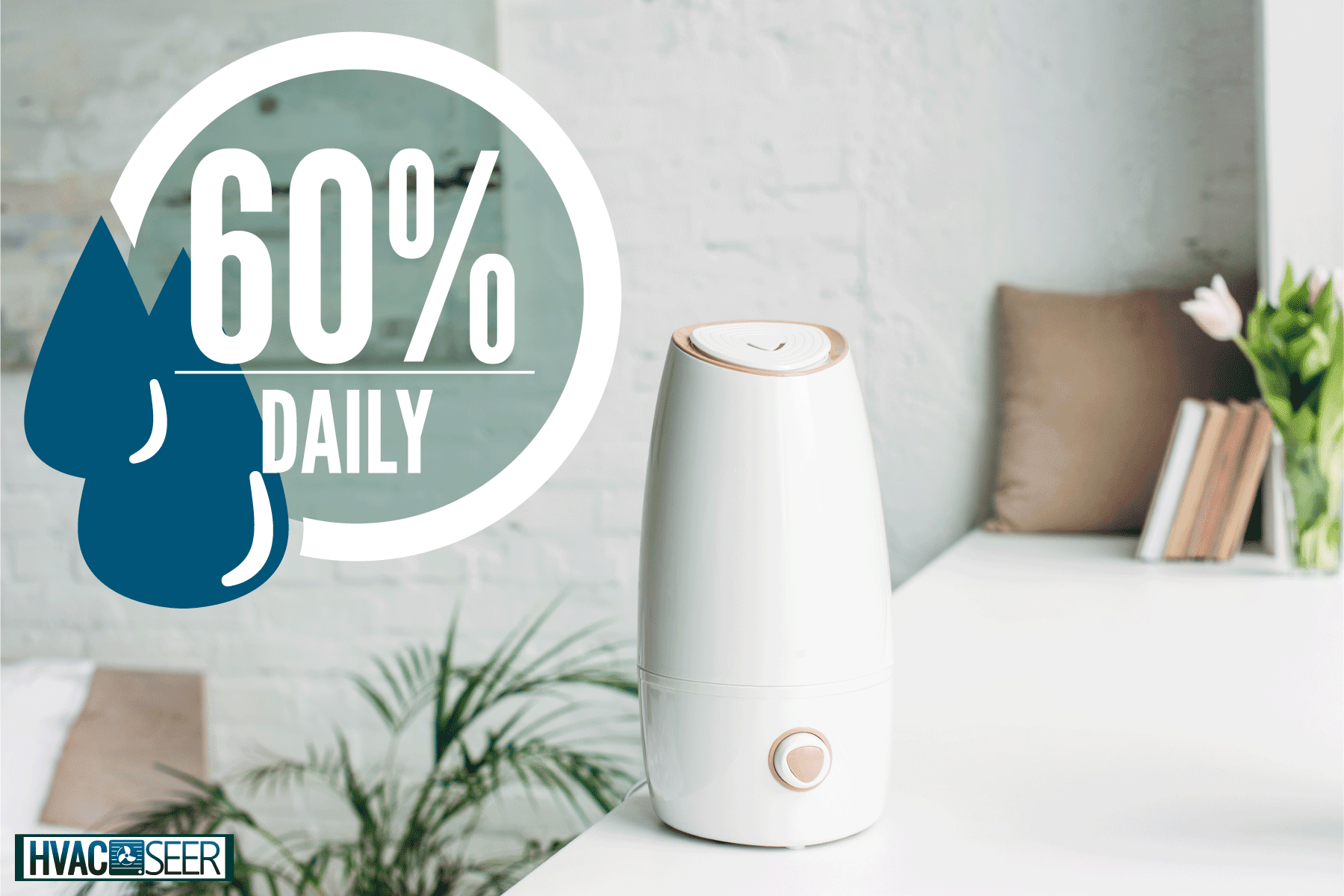
How Often Should I Use A Humidifier For My Plants?
The average humidity in a house is between 30% to 50%. Most plants need at least 50% humidity to be healthy. To achieve this, you should run a humidifier daily for about 5 hours, on average.
When running your humidifier, you will want to check humidity levels regularly. If you notice the humidity is getting too high, run it for a shorter duration. You won't need to run it as long in climates with higher humidity.

If you live in a drier climate, it might take longer for you to achieve optimum humidity levels. In some places, it can take up to 7 hours for you to achieve the correct humidity level.
When Is The Best Time To Run My Humidifier?
The best time to run your humidifier is in the morning. Most people leave their humidifiers on until the early afternoon. This will allow the plant time to absorb moisture before it starts evaporating off. It also allows the plant time to dry off before nightfall.
You do not want to water your plants at night because the water cannot evaporate, which can lead to mold and mildew growth, making your plants sick.
How Humid Does My Plant Need To Be?
It is essential to check what humidity level your plant prefers. Succulents usually prefer extremely low humidity, with some preferring it to be as low as 10%. For this reason, you do not need a humidifier for succulents.
The majority of houseplants will thrive at humidity levels of 40-60%. Common houseplants that will love this humidity level are lilies, palms, and orchids.
On the other hand, tropical plants need humidity levels as high as 80%, which is impossible to provide in your house. Therefore, you should get a greenhouse for tropical plants.
How Do I Make Sure My Plant Has Enough Humidity?
To check the humidity, you will need to get a tool called a hygrometer. To get a better idea of the humidity, you will want to test right next to the plant and other places in the room.
Click here to see this hygrometer on Amazon.
To ensure your plant is getting the right level, you will also want to check the plant's soil. You can use your finger to see if it is dry. It needs more water if it is dry in the first inch of soil.
However, it is much more accurate to use a soil meter. For most plants, you want your soil to be moist, not wet. This is especially important for indoor plants because damp soil can lead to health issues for the plant, and it can't evaporate as quickly as it would outdoors.
However, keep in mind that different plants need different moisture levels. Some want to be drier, while some want to be wetter. This video explains how to use a moisture meter:
What Are Signs My Plant Isn't At The Right Humidity Level?
When your plant is at too low of a humidity level, it will start to stress out. If you see shriveled leaves, a browning stem, or wilting, your plant needs more water.
Too much humidity isn't healthy for the plant either. If you find that your plant is growing mold or fungus or the soil is never dry, there is too much moisture.
Where Should I Place My Humidifier?
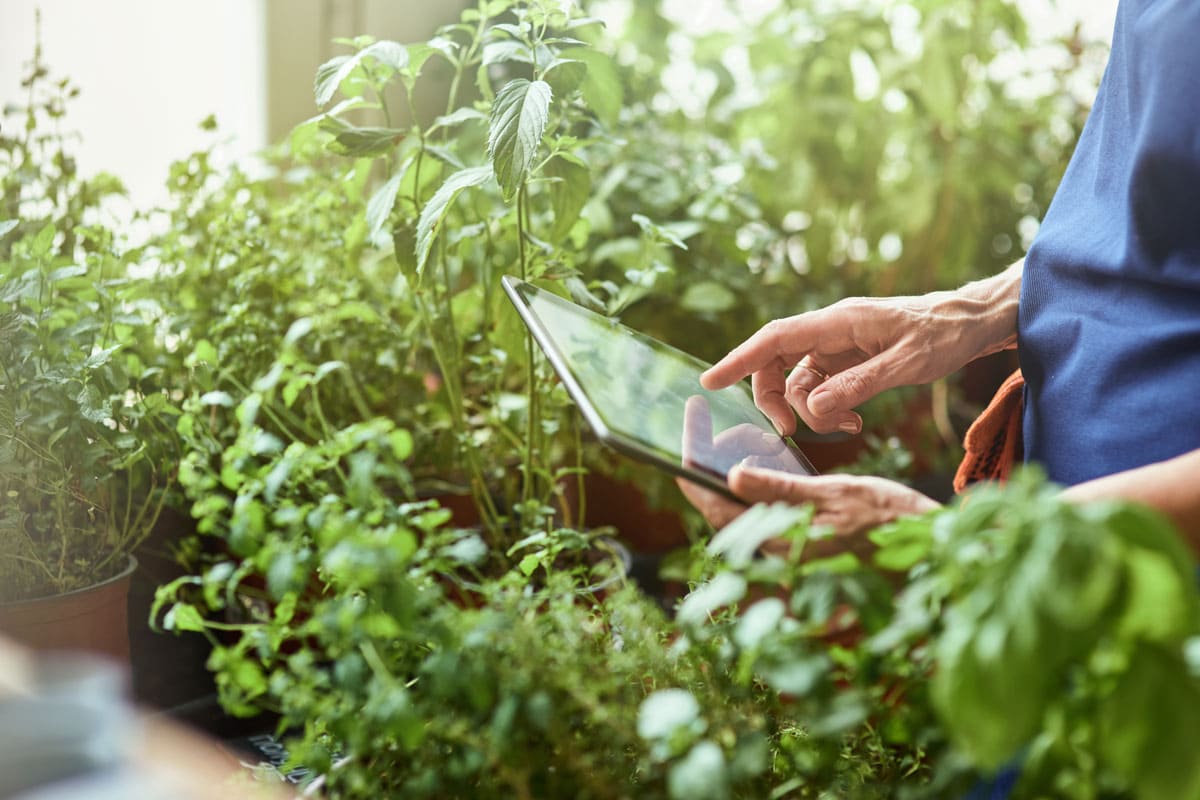
Humidifier placement is highly crucial. If it is too close, your plant may get too wet. On the other hand, a humidifier that is too far away won't provide the moisture your plant needs to be healthy.
It would be best if you placed your humidifier at least 3 feet away from your plants and no more than 6 feet. These numbers change depending on how much moisture your humidifier creates and how big your room is.
If you notice your plant's leaves are never dry, move your humidifier further away. If your plant is too dry, move it closer.
Under no circumstances should you put the humidifier on or under the plant. This will cause intense moisture, hurting your plant and making it hard for it to breathe correctly.
Ensure your humidifier is aiming away from your plants rather than directly at them. This will make sure they don't get too wet. Some people recommend placing it above your plants so it will mist them gently.
Should I Use A Hot Or Cold Humidifier For My Plants?
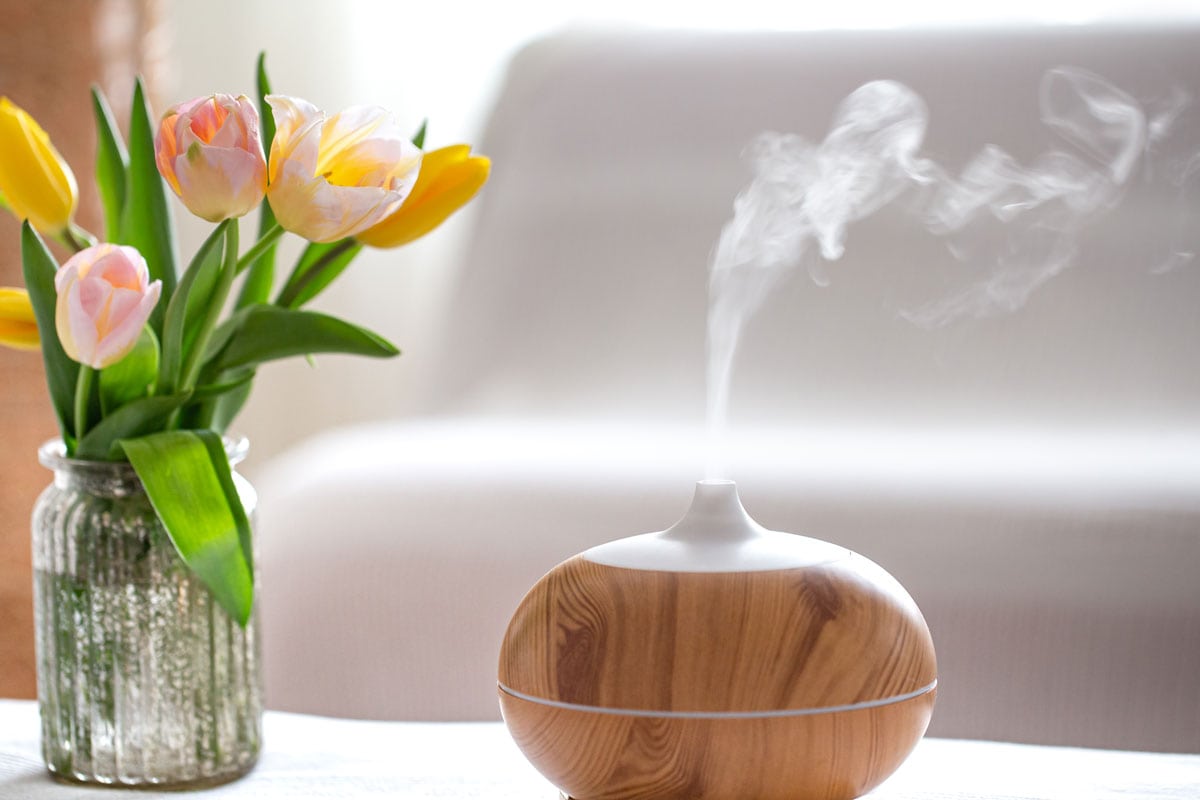
The temperature of the mist doesn't matter. Usually, the temperature has already cooled down when it reaches your plants.
Some people prefer to use warm humidifiers because the heat helps prevent bacteria growth and helps warm the air. However, warm humidifiers take more energy to run and have the potential to burn children and pets.
Cool humidifiers are more cost-effective but can have louder fans than warm ones. They also require more cleaning than warm ones because the cold water is more likely to have bacteria growing in it.
Do You Need To Use A Humidifier For Your Plants?
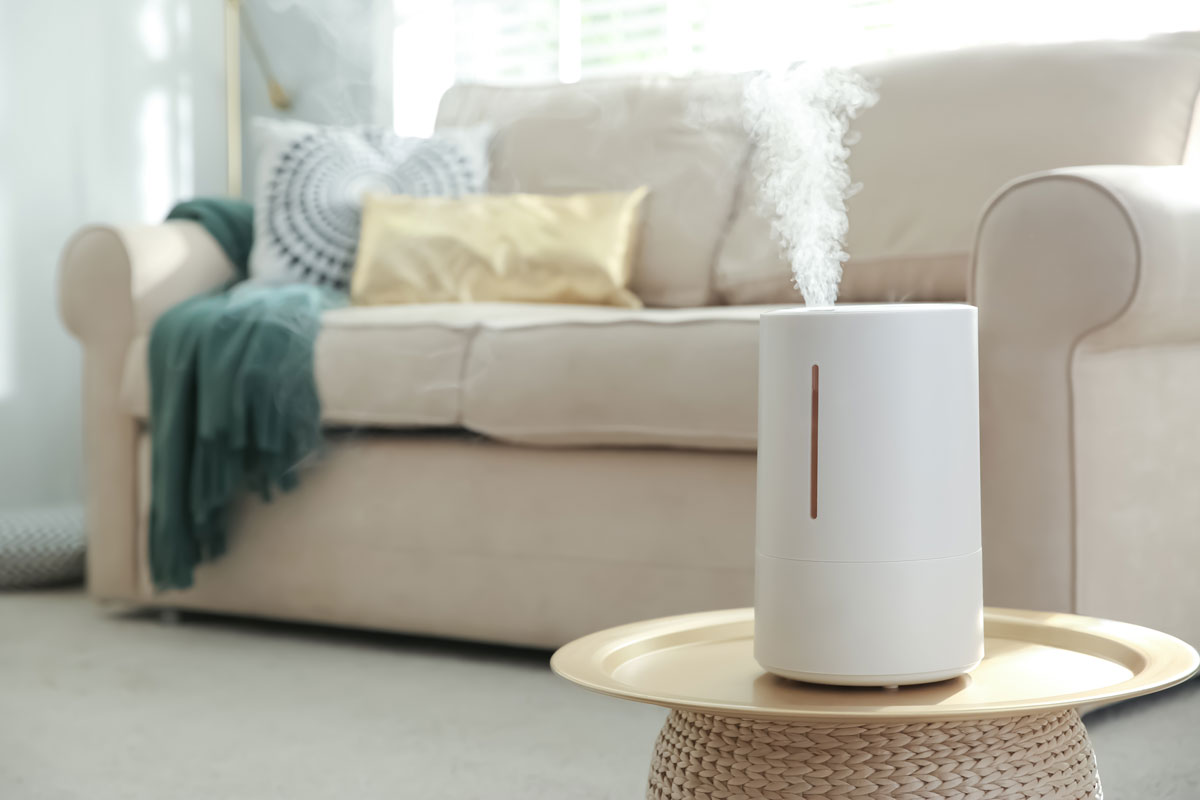
This depends on the type of plant you are growing and how humid your home is. Most houseplants do well at the average humidity levels in your home. However, humidifiers can improve their health.
However, exotic plants usually need considerably more humidity. If you have a plant that requires a lot of moisture, such as bamboo or orchids, you will need a humidifier.
Some plants hate tons of moisture and can be injured by the excess water. Be cautious when using a humidifier around desert plants like cacti and yucca.
Will A Humidifier Hurt My Plants?
Usually, humidifiers will not hurt your plant. However, it can kill plants if misused.
When using a humidifier, you will want to ensure you only use the humidifier long enough to get to the proper moisture level. The plant shouldn't be left with too much water on the leaves, as this can cause disease.
Humidifiers must be cleaned at least once a week. Otherwise, they can breed pathogens and bacteria that can harm your plant and you.
This video explains the proper way to clean a humidifier:
What Are Some Alternative Methods To Keep Plants Humid?
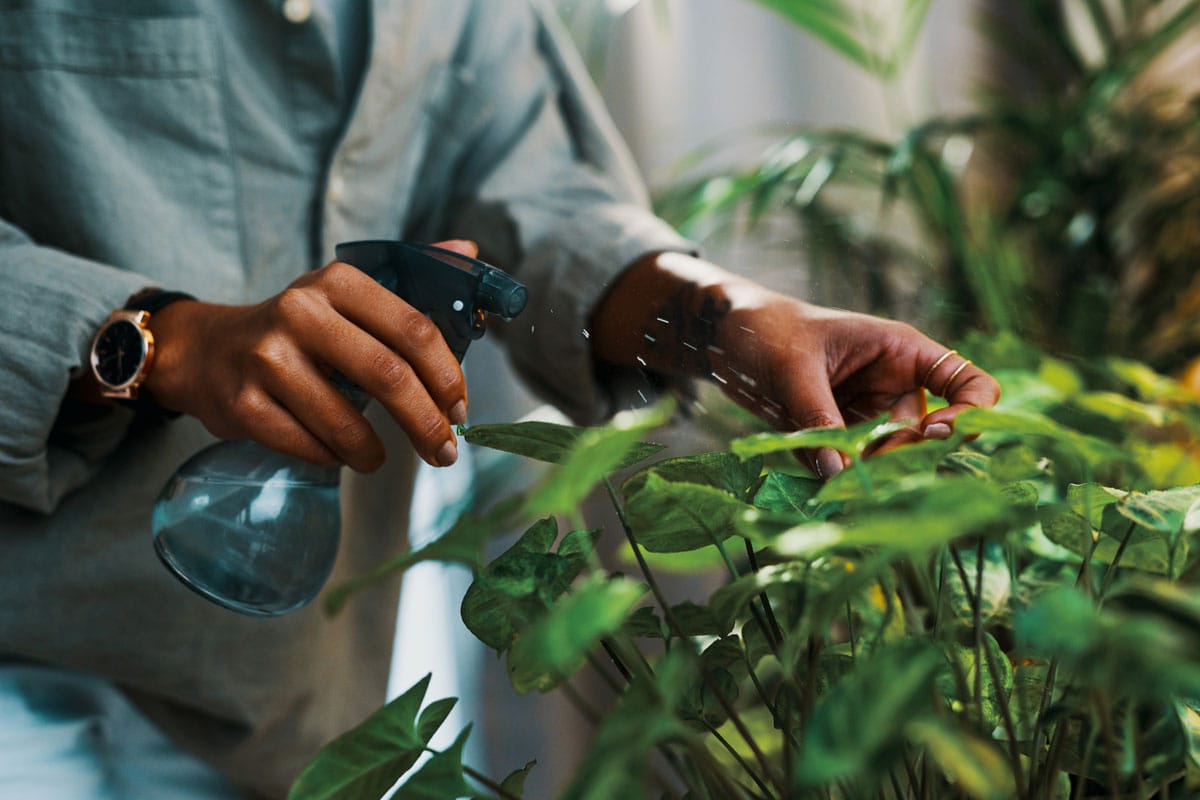
If you don't want to deal with the regular cleaning of a humidifier or are worried it may make your house too moist, there are other ways to give your plants humidity. You can place them carefully, use the shower, grow them in a terrarium, make a humidity tray, and mist your plants regularly.
Placement
If you place your plants in a cooler area in your house, away from heat sources, doors, and drafty areas, they will stay moist longer. Putting them on a tray full of gravel will also help them stay more humid.
Use The Shower
You can take your plants into the bathroom and turn on the shower. Let the moist air fill the bathroom. If you leave them in the bathroom, the humidity from your daily shower should be enough to keep them happy.
Terrarium
If you grow your houseplants in a terrarium, the water evaporating after you water them combined with the plants breathing should keep humidity levels high enough. Plus, the water will evaporate slower, so you won't need to water as often.
Mist
The easiest option is to mist your plants. Make sure you use a clean spray bottle and mist in the morning.
Humidity Tray
Another common option is a humidity tray. To make a humidity tray, use a tray big enough for your plant and fill the tray with gravel. Almost anything will work except porous containers like terracotta.
This video will walk you through how to make a humidity tray:
Final Thoughts
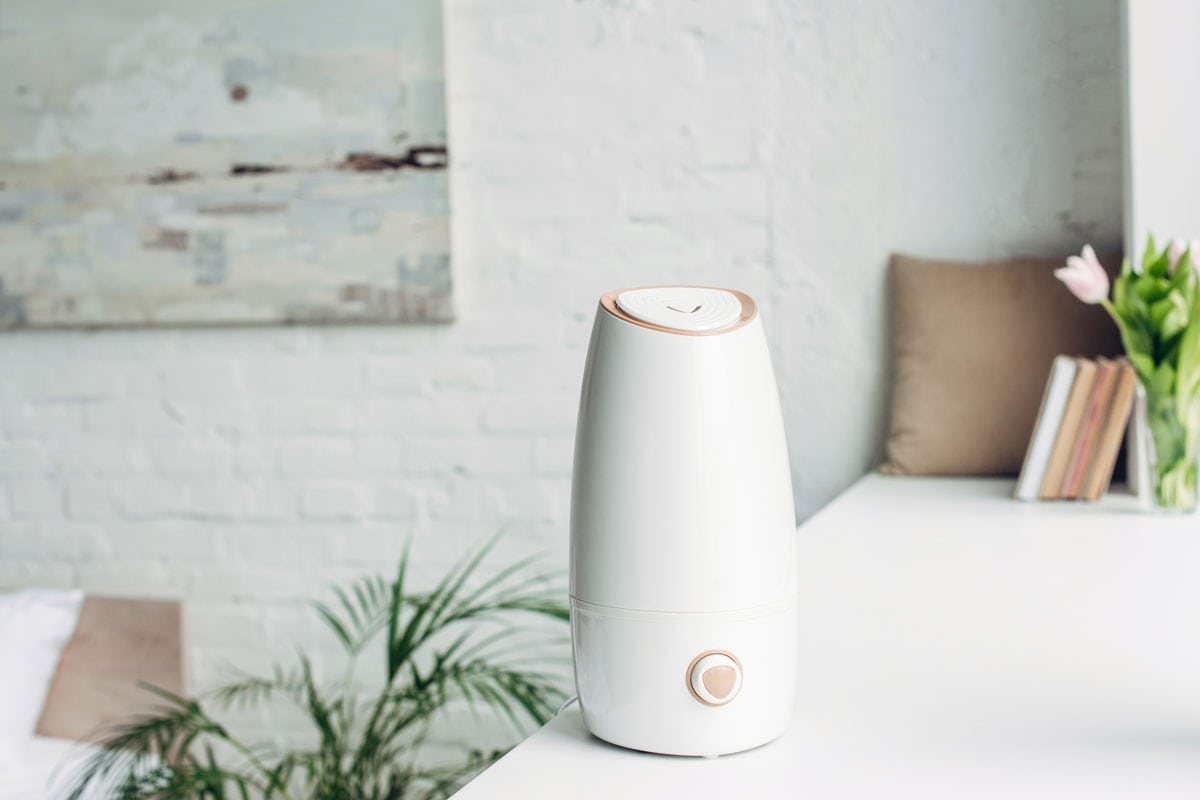
In this article, we learned that you should use a humidifier every day for about 5 hours to keep your plants happy. We also discussed that the humidity level in your house and the humidity the plant wants affect how long it takes to reach desired humidity.
If you enjoyed this article, check out the links below to explore this blog:

